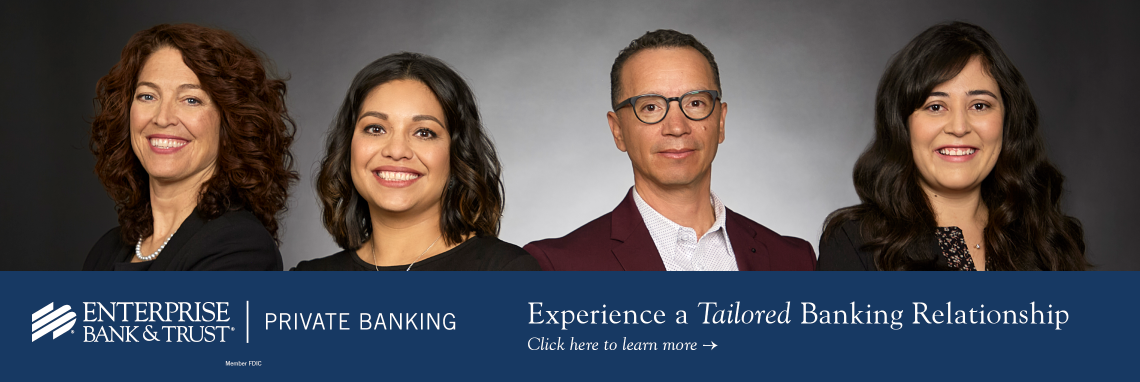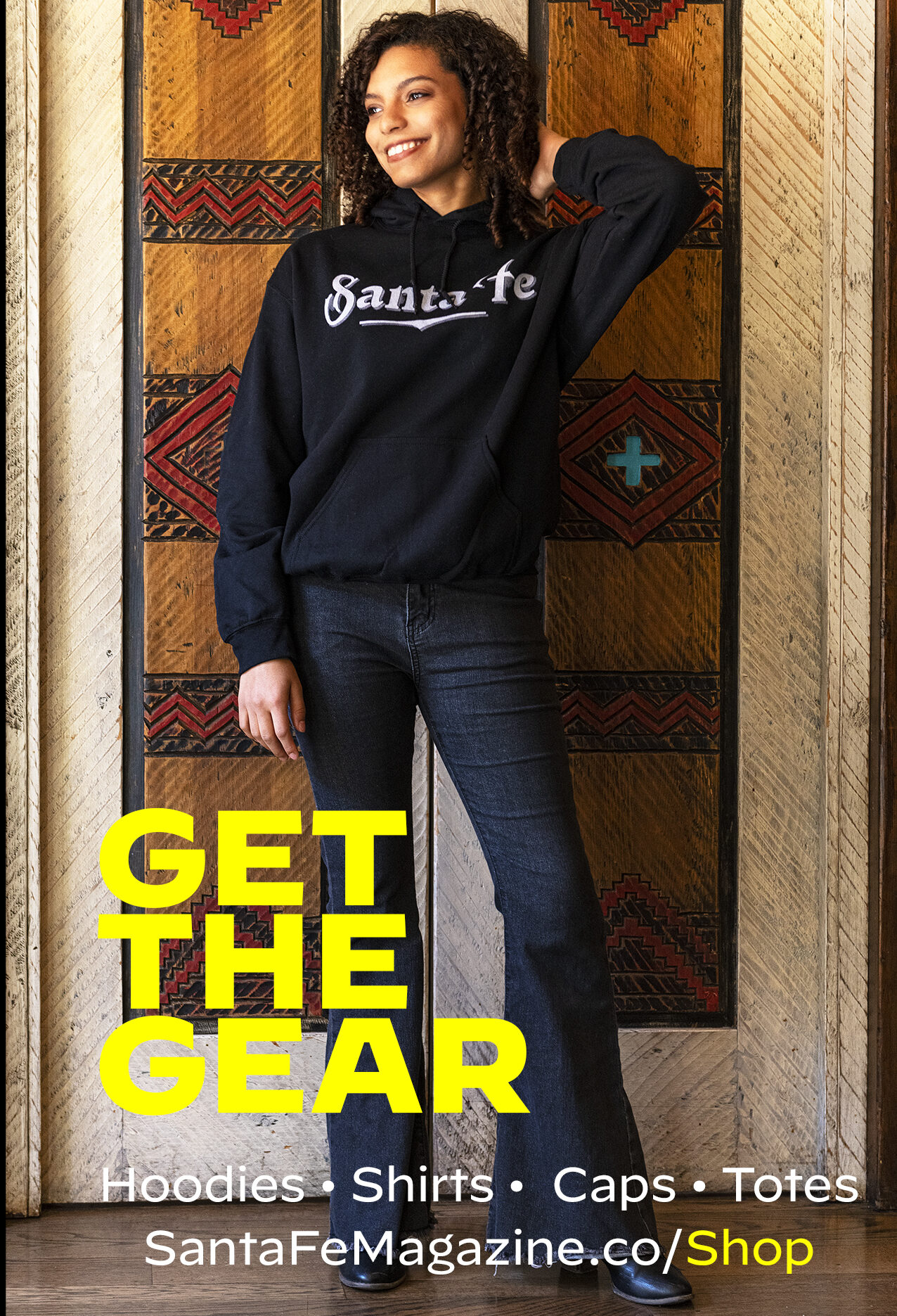MARITA HINDS (TESUQUE) IS A TEACHER with a unique student body.
As Director of Education for the Museum of Indian Arts and Culture, her job is to teach Native heritage, history, and contemporary culture. Her audience includes everyone from Native school groups to the members of the public learning about tribal art and culture for the first time. At MIAC, she spends her days building bridges of understanding.
Marita is also an artist of renown, creating her own pottery.
What is your role at the Museum of Indian Arts & Culture?
Director of Education. I work with programs, volunteers, docents, but also look at things that we can do in the education classroom. We have a lot of students from the Santa Fe School District, but also tribal schools. It’s about talking about the indigenous people here with the Pueblos, the Navajos, and the Apache, and giving them a sense of, this is where our Native people are. These are the Native people of New Mexico, and it’s right here in your backyard.
With the tribal students, it’s bringing them here and showcasing what they can learn, and to know that this is our museum.
Being able to have this place for them to come back to, not only the students, but also elders going down into the collection and seeing work from their Pueblo, seeing the pottery made from their tribal members, which many times they find pieces that are their relatives, their grandmas, their mothers, their aunties, and having that connection and knowing that this is a museum for our people. I’ve always felt that this is our museum, and tried to bring all those different communities here.
When people walk in the door, they often carry false information with them. How do you help them unlearn falsehoods about Native Americans?
We have wonderful docents. It’s talking to somebody who might use the term Eskimo, and we can say, We don’t use that term anymore. It’s being able to teach them that a word, like Ohkay Owingeh is the tribal name now, they don’t say
San Juan anymore. It’s taking time to let the people know different aspects of what’s being taught in the schools, or what is not being taught in the schools, and having that opportunity to elaborate.
There’s also things that apply to one Pueblo but not the other. People think the pueblos are all the same, and we’re not. We talk about the different languages – Tewa, Tiwa, Towa, Keres. I think they’re also surprised that the Hopi Reservation is smack dab in the middle of the Navajo reservation — the intricacies of living together and the complexities of that, one nation in another. That’s one of the amazing parts of the Here, Now and Always exhibit – the voices of the indigenous people of New Mexico. It’s so important that having that voice from the tribal communities. We focus on that.
You talk about language and names. The term Indian is still used. There’s a difference of opinion over how to use some words.
I think the use of Indian is something that is out there and that’s a good thing. There’s conversation whether you use Indian, indigenous, whether you’re using Native American. That’s just a very positive conversation. There are people who might want to say that they’re from a tribe, because we all are all so different. I could say that I’m Tesuque Pueblo. I’m from Te Tsu Geh Oweenge. I’m Tewa, that’s our language. It’s based on how you’re going to use it, how you’re going to present yourself. That’s one of the things that is very relevant for people, to have that option to say who they are, and not just be a general term – a little box that you check off on an application.
So how do you educate about the enormous diversity in Native America?
There’s trade routes, whether they’re from the Great Plains coming from Mexico, from the coast of California, we know that there’s all those trade routes, there’s the connection with different tribes. I think it’s something that we can talk about. I’m an alumni from the Institute of American Indian Arts, and a lot of them have that different diverse backgrounds. My mom was from Brooklyn Heights, New York, and Anglo from Dutch descent, and my father is from Tesuque Pueblo. These are things that you can tie into sovereignty and resilience.
We appear to be in a moment where that straight jacket is falling off and we’re seeing an explosion of new Native creators, artists, educators, filmmakers, television makers – Native creators are really in the spotlight.
I mean, look at Reservation Dogs, raising awareness and bringing it to the national forefront of television. There’s the Netflix series Spirit Rangers, where a Kewa and Diné young man worked on the music. You’re seeing different Native people in film, movies. Look at Jeffrey Gibson, who was at the Venice Biennale.
And kudos to SWAIA for putting on the first Indigenous Fashion Week. I think it’s important that we keep riding on that momentum, and that we keep doing the things that we’re doing. There’s a lot of progress, but there’s still so much more that needs to be done.
Indigenous Fashion Week had a big spread in the New York Times. It feels like Santa Fe can really be the world center of Native and indigenous art.
Absolutely. Here in Santa Fe, there’s several different venues that can promote and have programming for Native artists. There’s also the Ralph T. Coe Center, there’s the Poeh Cultural Center. There’s the Free Indian Market. There’s a lot of different outlets for film for, of course, all the galleries in the city. I know even the Vladem Contemporary Museum has Native American artists featured. We all work together. I don’t think it’s really publicized on how well all our organizations work together.
You’ve been president of the National Indian Education Association. How has the story that we’re telling young Native people changed?
I was the interim principal at the Te Tsu Geh Oweenge School. One of the first few months that I was at the school, we had a guest visitor come in and do a presentation. He asked, How many of you students plan to go to college? And only one student raised their hand.
I was floored. Wow. I was like, oh, no. Uh-uh, this needs to change. And so I
talked to the principal and I said, for our sixth graders, I’d like to take them on a college trip. We went to IAIA, we went to the community college, we went to UNM. At each of those schools, I had Native people tour us around the school, take us to the dorms, take us to the cafeteria, see what life is at the schools. At the UNM American Indian Program we had the college students talk to the kids and just plant that seed in their minds that you can go to college. Our tribe will help you. Our tribe will pay for your education. And if you don’t want to go to a four-year college, you can go to the community college or a trade school and earn a very nice living being a mechanic, being a plumber.
You’re talking to the families?
A lot of these families didn’t have college education in their background. And talking to the parents, saying to them if you are driving up Central Avenue, you could say that’s the University of New Mexico, you could go to school there one day. Or if you’re at the IAIA Powwow and your kids are drawing or doing any kind of artwork, say you could go to school and get a degree in painting, in two-dimensional work, in museum studies.
Also bringing in tribal members, people who are accomplished lawyers or a doctor or they’re doing wonderful work in their field that they’re in. These are our tribal members.
I just got quite a few high school graduation invitations this past May. And I’m like, oh my God, these kids are now graduating from high school… Some of them were in those first classes.
This is their home. They can come back and work for the tribe, be an environmentalist or be the governor. My parents really pushed education on us. I put that on my daughters. As long as you’re planting that seed and giving the kids that opportunity to see what else is out there, that’s hugely important.
You grew up in a family of artists.
My father was Patrick Swazo Hinds. He would pack us up and we’d go to art shows in the Bay Area before we moved here to Santa Fe. My dad was creating his work in the basement of our house. His schedule was working all night, helping getting us ready in the morning, then sleeping in the day, and then we’d come home and we’d have dinner. But of course, there’s always struggles. The whole starving artist terminology comes into play because you have your highs, you have your lows.
My parents took us everywhere with them. I’ve done that with my own daughters. As a single mom, if I wanted to go to an art opening, I was taking them with me. They were very well behaved, or if they had a moment, then it was just like, okay, time to leave. But growing up with all of that and going to the Heard Museum as a little kid, and then taking my daughter there with her dad and people recognizing like, God, Marita, I remember seeing you when you were a little girl. That relationship with the collectors of my father’s work, and them later seeing me as a museum professional and as an artist – they’ve seen my progression and the things that I’ve done.
I remember being a little rebel at IAIA and one of the teachers had said, Oh, well, you come from that family of artists. You should be doing this. And I was just like, Judge me for me. Judge me on my work and what I’m doing, and don’t take into consideration who my dad is but for me. We had a little butting of the heads. But then once I started showing my work, then they did take me seriously.
I had to prove that I do come from this family, but I’m also Marita. I’m doing my own work and that’s one of the reasons why I got into the museum field. To really be able to stay in the art field, whether it was curating, working on exhibits, or doing my own artwork, I think that that’s just been my path, and it’s been a great road.
If someone walks into this museum not knowing anything about Native arts and culture, what’s the one lesson you want them to leave with?
That we’re still here. People, they don’t know. They don’t know. We are still here. We’re here now. We’re always here. We’re a vibrant community. We are living the life that our ancestors fought for.
We’re here. We’re still here. My Pueblo is ten miles down the road.
Here, Now and Always is currently showing at the Museum of Indian Arts & Culture
SUBSCRIBE TO SANTA FE MAGAZINE HERE!
Photo SFM



